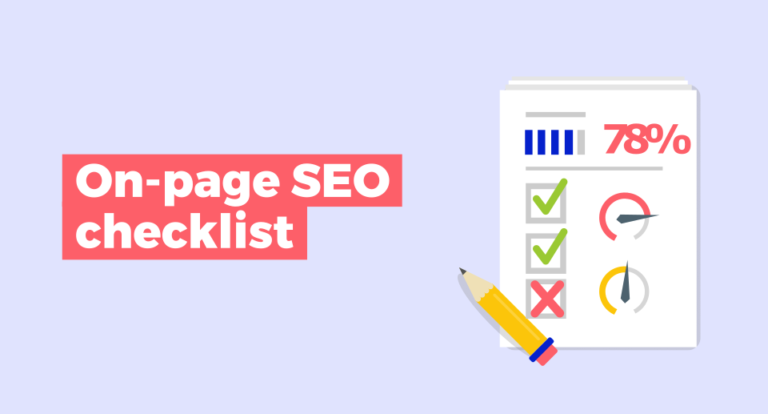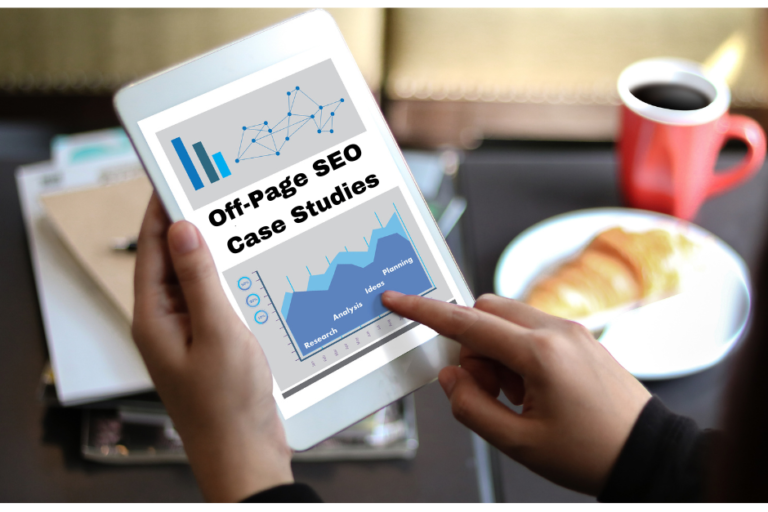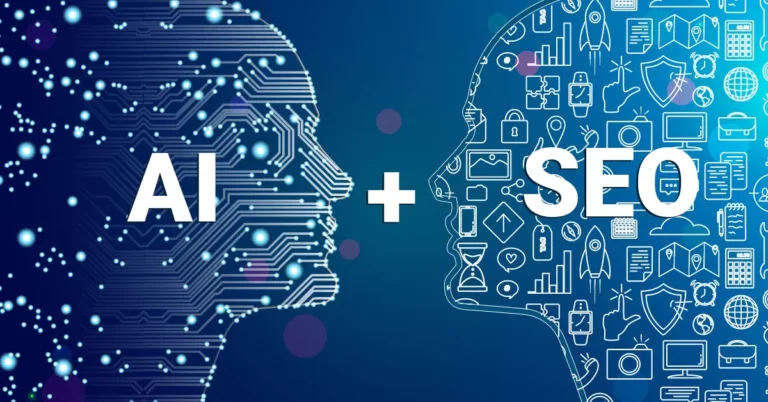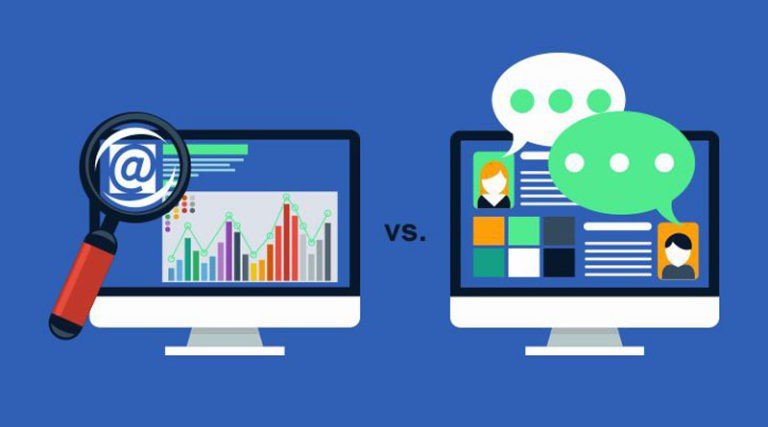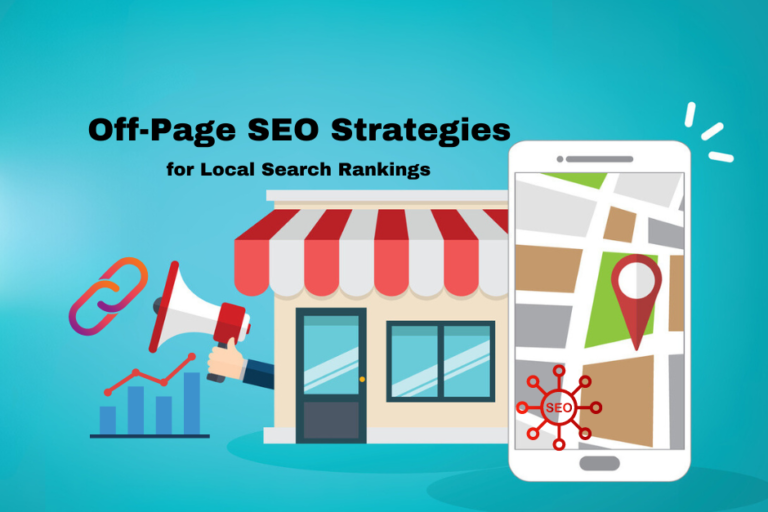Ultimate Guide to On-Page SEO for 2024
In today’s digital landscape, having a website isn’t enough. To ensure your online presence is truly impactful, you need to be found—and that’s where SEO comes into play. But not all SEO is created equal. Today, we’re diving deep into On-Page SEO, the backbone of your site’s search engine performance.
Whether you’re a small business owner looking to attract local customers or a marketer aiming to boost your site’s ranking, this ultimate guide to on-page SEO will walk you through everything you need to know about On-Page SEO in 2024.
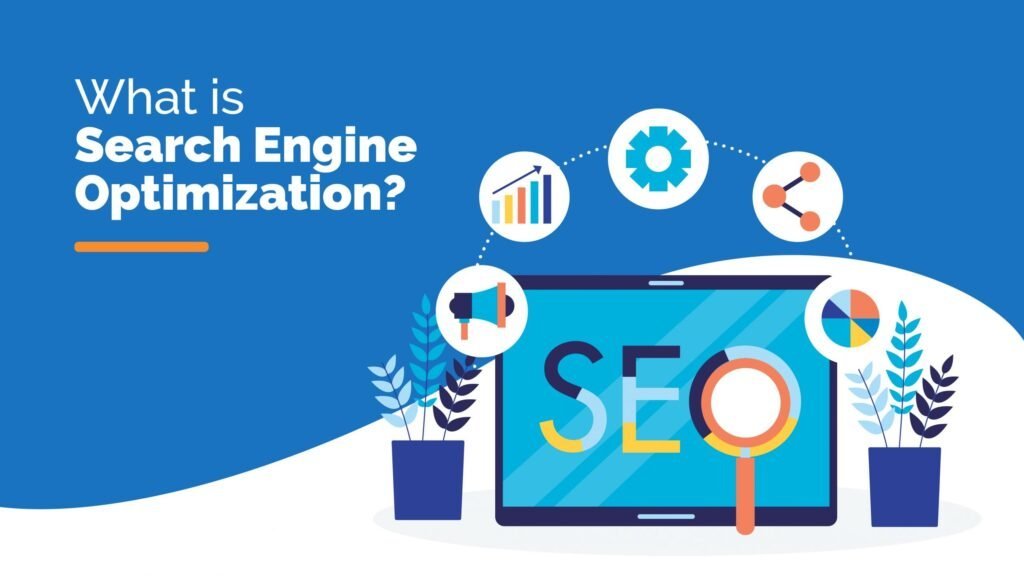
The Basics of On-Page SEO: What Every Marketer Should Know
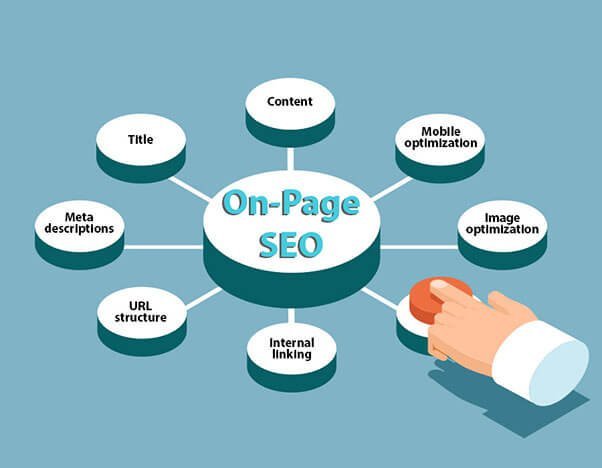
On-Page SEO refers to the practice of optimizing individual web pages to rank higher in search engines and earn more relevant traffic. This process involves tweaking both the content and the HTML source code of a page, making it more attractive to search engines like Google. But On-Page SEO isn’t just about pleasing algorithms; it’s about creating a seamless, informative, and engaging experience for users.
At Social Peak Media, we emphasize the importance of understanding the basics before diving into more advanced strategies. Whether you’re adding a new blog post or tweaking your homepage, every piece of content on your site should be optimized with On-Page SEO in mind. This includes ensuring your keywords are naturally integrated, your meta descriptions are compelling, and your images are properly tagged.
Why On-Page SEO is Crucial for Your Website’s Success
You might be wondering, why should I focus so much on On-Page SEO? The answer is simple: it directly impacts your website’s visibility and user experience. Think of On-Page SEO as the foundation of your online presence. Without a strong foundation, your site is likely to struggle in search engine rankings, no matter how much effort you put into other areas like Off-Page SEO or social media marketing.
Effective On-Page SEO practices ensure that your site is easily understandable by search engines. When your site is well-optimized, search engines can easily crawl and index your pages, which is essential for ranking. Moreover, On-Page SEO helps deliver a better user experience by providing visitors with high-quality content that is easy to navigate and digest.
For small businesses, especially those targeting a local audience, On-Page SEO is vital. Local SEO tactics often begin with strong On-Page SEO practices. When done correctly, it can lead to better local search rankings, driving more targeted traffic to your business.
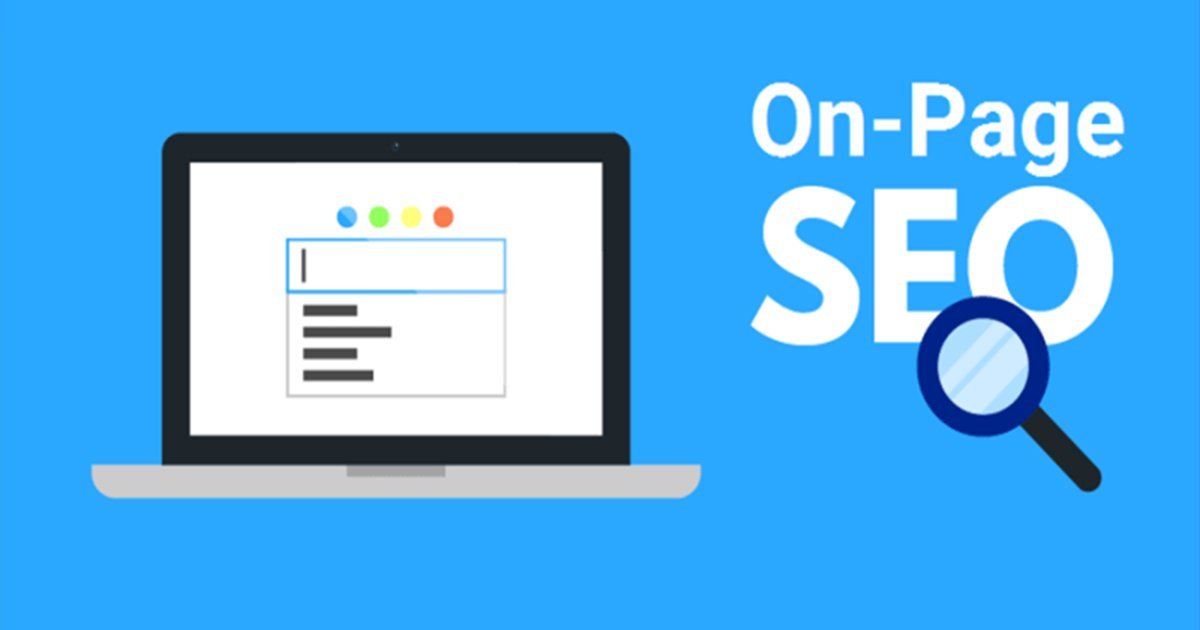
The Difference Between On-Page and Off-Page SEO
Understanding the distinction between On-Page and Off-Page SEO is crucial. While On-Page SEO involves optimizing the content and structure within your website, Off-Page SEO refers to actions taken outside your website to impact your rankings within search engine results pages (SERPs). Off-Page SEO primarily revolves around building backlinks, managing social media presence, and engaging in other external activities that signal your site’s authority to search engines.
In simpler terms, On-Page SEO is about what you control on your website—content, tags, URL structure, and so on—while Off-Page SEO is about what others say about your website, through backlinks and social signals. Both are essential, but without solid On-Page SEO, your Off-Page efforts might not be as effective.
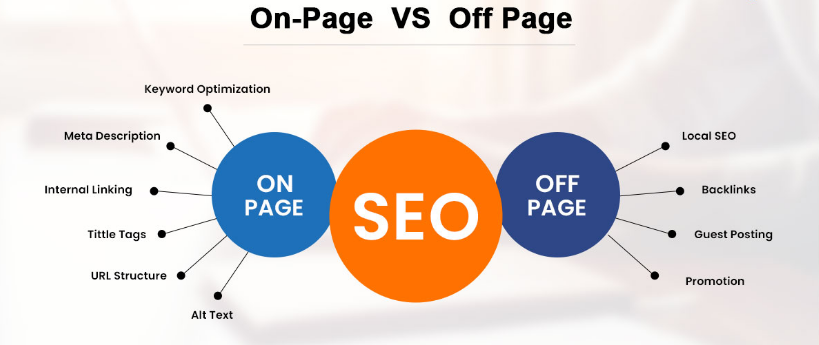
Key Elements of On-Page SEO
Let’s break down the key components of On-Page SEO that every website should focus on:
- Title Tags: Your title tag is one of the most important On-Page SEO factors. It should be descriptive, concise, and include your target keyword. For example, instead of “Home,” use “Affordable SEO Services for Small Businesses | Social Peak Media.”
- Meta Descriptions: These are short descriptions that appear under your title in search engine results. They should summarize your page’s content and include your main keywords. Although meta descriptions don’t directly impact rankings, a compelling one can increase click-through rates.
- Headings (H1, H2, H3): Proper use of headings helps structure your content for both search engines and users. The H1 tag is usually the title of your page and should include your main keyword. Subsequent headings (H2, H3, etc.) break down your content into digestible sections.
- URL Structure: Clean, concise URLs that include your target keywords are crucial. Avoid using long, complex URLs with random numbers and letters. Instead, use something like “www.socialpeakmedia.com/on-page-seo-guide-2024.”
- Content Quality: Your content should be original, informative, and valuable to your audience. Long-form content generally performs better in search engines, as it provides more information and keeps users on your page longer. Always ensure your content answers the questions your target audience is asking.
- Keyword Optimization: Incorporate your target keywords naturally throughout your content. This includes your title, headings, meta descriptions, and body text. However, avoid keyword stuffing, which can lead to penalties from search engines.
- Internal Linking: Linking to other pages on your website helps search engines understand the structure of your site and establishes a hierarchy. It also keeps users engaged by guiding them to related content.
- Image Optimization: Images should be properly tagged with alt text that includes your target keywords. This helps search engines understand what the images are about, and also improves accessibility for users with disabilities.
- Mobile-Friendliness: With the majority of web traffic coming from mobile devices, it’s essential that your website is mobile-friendly. Google’s mobile-first indexing means that the mobile version of your site is considered the primary version, so make sure it’s responsive and easy to navigate on a smaller screen.
- Page Speed: Fast-loading pages improve user experience and are favored by search engines. Tools like Google’s PageSpeed Insights can help you identify and fix issues that are slowing down your site.
How Search Engines Interpret On-Page SEO Signals
Search engines like Google use complex algorithms to determine how to rank pages in their search results. While the exact details of these algorithms are closely guarded secrets, we know that they consider a variety of On-Page SEO signals when deciding how to rank a page.
When a search engine crawls your site, it looks for several key indicators to understand what your page is about and how useful it is to users. These indicators include the presence and relevance of keywords, the structure and quality of your content, and the overall user experience. For instance, if your page title contains your target keyword and your content is informative and well-structured, search engines are more likely to rank it higher.
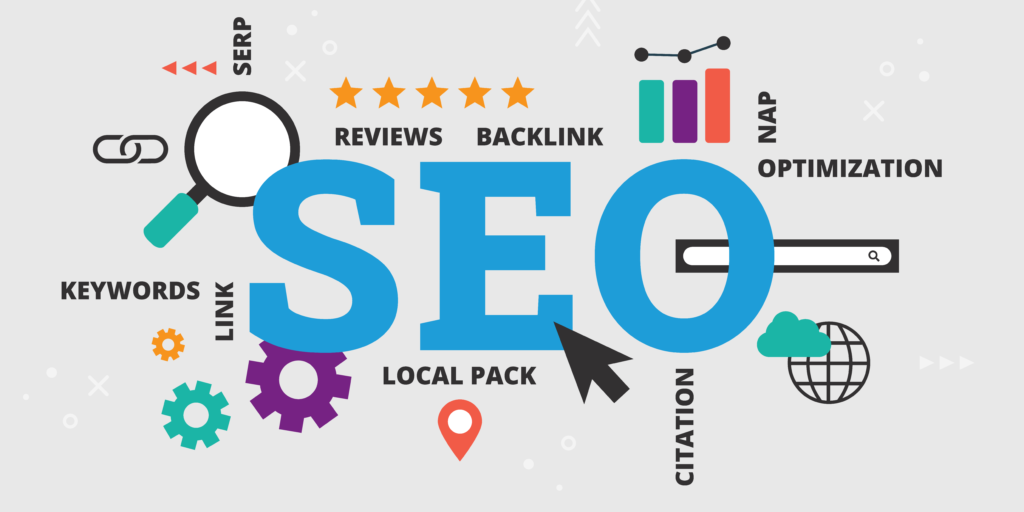
Moreover, search engines assess how users interact with your page. If visitors are quickly bouncing off your site, it might signal that your content isn’t relevant to their query. On the other hand, if users are spending time on your page and engaging with your content, search engines take this as a positive signal.
Advanced On-Page SEO Strategies for 2024
As we look ahead to 2024, it’s clear that On-Page SEO is evolving. Here are some advanced strategies to keep in mind:
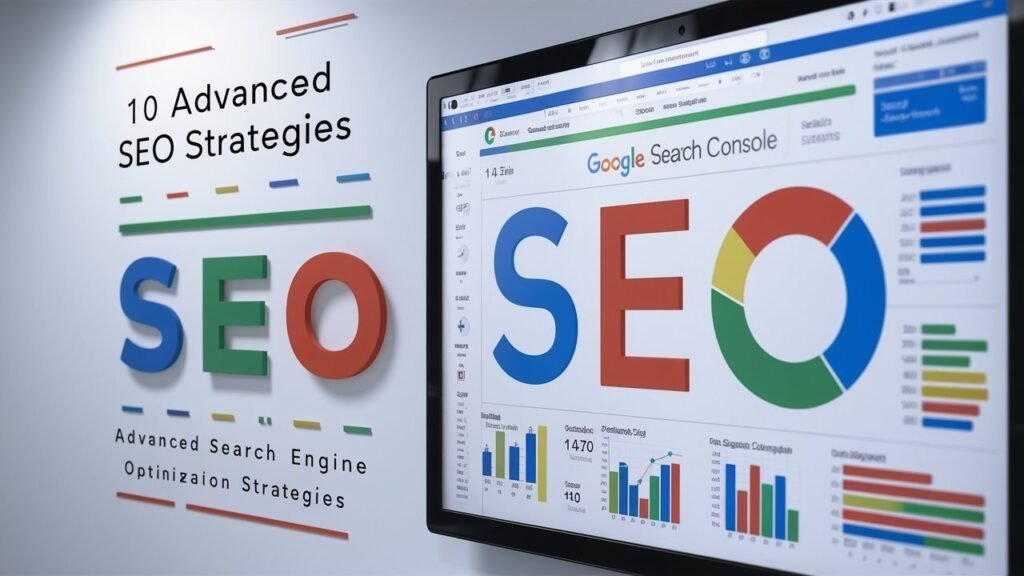
- Schema Markup: Schema markup helps search engines better understand your content by providing additional context. This can improve your chances of appearing in rich snippets, which can increase your visibility in SERPs.
- E-A-T (Expertise, Authoritativeness, Trustworthiness): Google has placed increasing emphasis on E-A-T when ranking pages. To build E-A-T, ensure your content is well-researched, your site is secure (use HTTPS), and you’re transparent about who you are and how your content is created.
- User Experience (UX): Google’s algorithm updates are increasingly focused on user experience. Factors like page speed, mobile-friendliness, and overall site usability are becoming more important. Make sure your site is easy to navigate, loads quickly, and provides a seamless experience across devices.
- Content Updates: Regularly updating your content signals to search engines that your site is active and relevant. This is especially important for topics that change frequently, such as SEO best practices.
The Role of Content in On-Page SEO
Content is king when it comes to On-Page SEO. Your content should not only be optimized for search engines but also crafted with your audience in mind. Here’s how to create content that performs well in search engines while resonating with your readers:
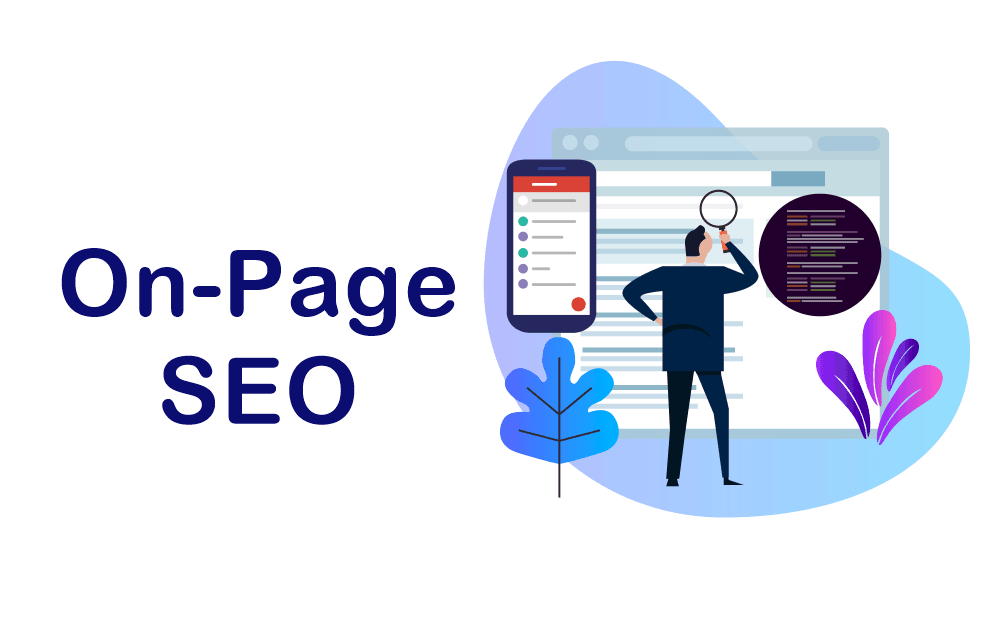
- Target Long-Tail Keywords: Long-tail keywords are specific phrases that users are likely to search for. These keywords often have lower competition and can drive highly targeted traffic to your site. For example, instead of targeting “SEO,” try “On-Page SEO strategies for small businesses.”
- Answer Questions: People use search engines to find answers. By addressing common questions in your content, you increase the chances of your page being featured in a “People Also Ask” box in Google.
- Provide Value: Your content should provide genuine value to your readers. Whether it’s actionable tips, in-depth analysis, or useful resources, always aim to leave your readers with something they can use.
- Use Multimedia: Incorporating images, videos, and infographics can enhance your content and make it more engaging. These elements can also help break up long blocks of text and provide additional SEO benefits.
Optimizing Meta Tags for On-Page SEO
Meta tags, including the title tag and meta description, are critical elements of On-Page SEO. They serve as your first impression in search engine results, so it’s important to get them right.
- Title Tags: Crafting an effective title tag involves balancing keyword optimization with readability. Include your primary keyword near the beginning of the title and keep it under 60 characters to avoid truncation in SERPs.
- Meta Descriptions: While meta descriptions don’t directly impact rankings, they do influence click-through rates. Write a compelling summary of your content that encourages users to click. Keep it under 160 characters and include your main keyword.
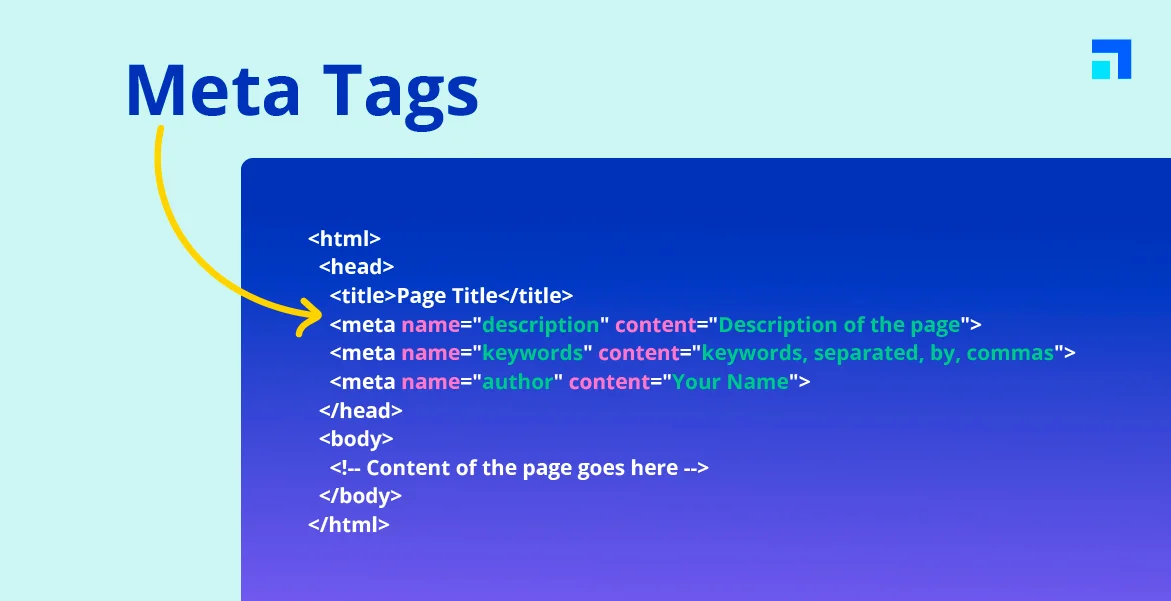
Mobile Optimization and Its Impact on On-Page SEO
With more users accessing websites on mobile devices than ever before, mobile optimization is no longer optional. Google’s mobile-first indexing means that the mobile version of your site is prioritized in search results. To ensure your site is mobile-friendly, consider the following:
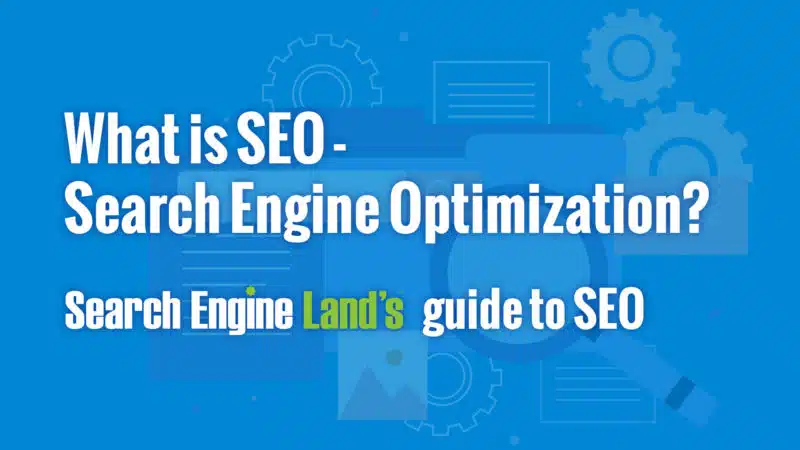
- Responsive Design: Use a responsive design that adapts to different screen sizes and devices. This ensures a consistent user experience across desktops, tablets, and smartphones.
- Simplified Navigation: On mobile, space is limited, so keep navigation simple and intuitive. Use clear, concise menus and ensure buttons and links are easy to tap.
- Fast Loading Times: Mobile users expect fast load times. Optimize your images, leverage browser caching, and minimize the use of heavy scripts to improve your site’s speed on mobile devices.
Common On-Page SEO Mistakes to Avoid
Even with the best intentions, it’s easy to make mistakes with On-Page SEO. Here are some common pitfalls to avoid:
- Keyword Stuffing: Overloading your content with keywords can lead to a poor user experience and may result in penalties from search engines. Aim for natural keyword integration.
- Ignoring Mobile Users: If your site isn’t optimized for mobile devices, you risk losing a significant portion of your audience. Always prioritize mobile optimization.
- Neglecting Content Quality: Even with perfect technical SEO, low-quality content will struggle to rank. Focus on creating valuable, well-researched content that addresses your audience’s needs.
- Poor Internal Linking: Internal links help search engines understand the structure of your site. Make sure you’re linking to relevant pages within your content to enhance SEO and user experience.
The Future of On-Page SEO: What to Expect Beyond 2024
Looking ahead, On-Page SEO will continue to evolve as search engines become more sophisticated and user behavior changes. Here are some trends to watch:

- Voice Search Optimization: As voice search continues to grow, optimizing for conversational queries and natural language will become increasingly important.
- AI and Machine Learning: Search engines are using AI and machine learning to better understand user intent and deliver more relevant results. Focus on creating content that directly addresses user queries.
- Video Content: With the rise of video consumption, optimizing video content for SEO will become crucial. This includes using descriptive file names, alt text, and video transcripts.
FAQs
Conclusion
In the fast-paced world of digital marketing, staying ahead of the curve with On-Page SEO is essential. By focusing on the basics, avoiding common mistakes, and staying updated with the latest trends, you can ensure your website remains competitive in 2024 and beyond. At Social Peak Media, we’re committed to helping small businesses optimize their online presence through effective On-Page SEO strategies. Ready to take your website to the next level? Let’s make it happen together!



